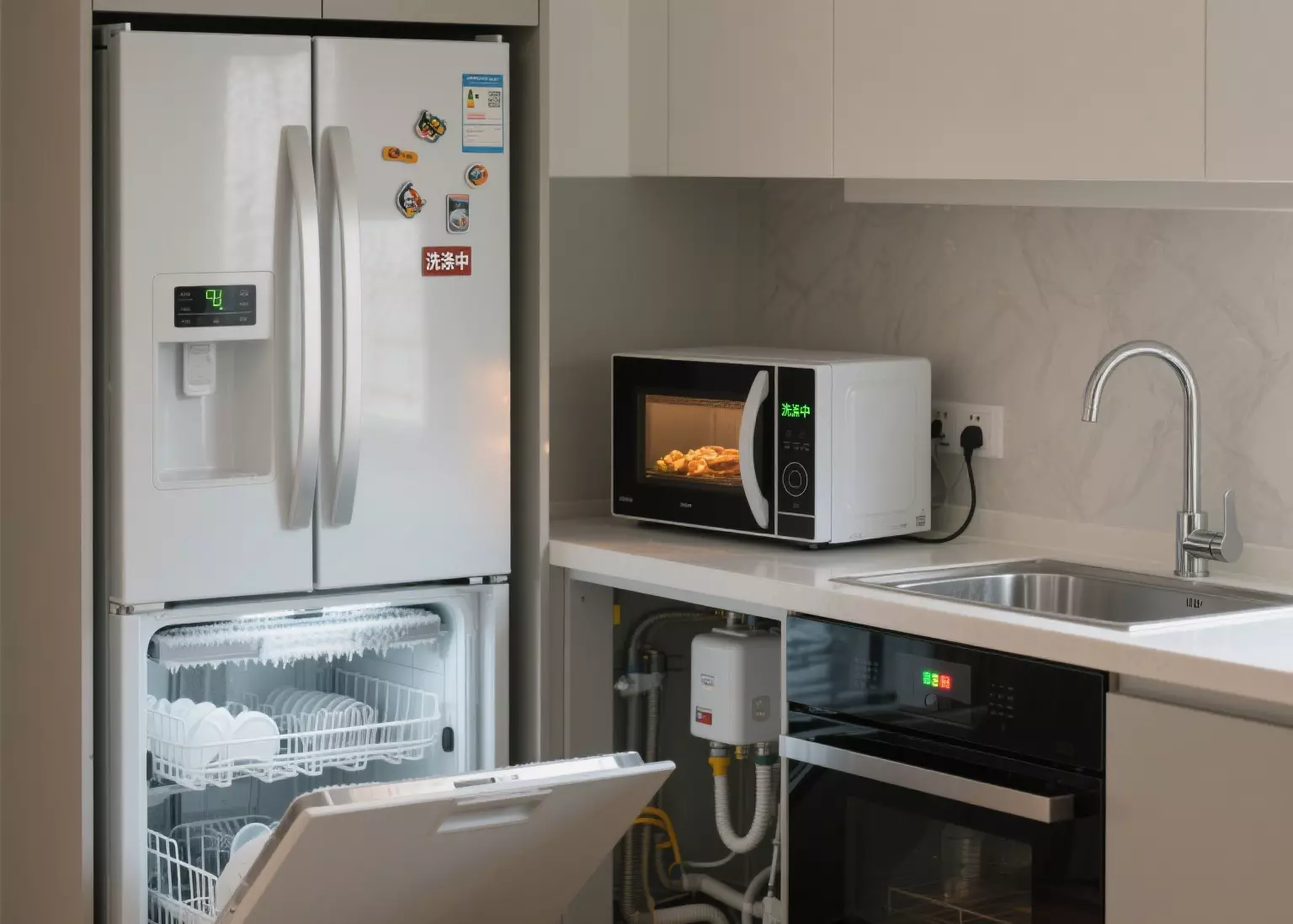Which appliances consume the most energy? Learn to save energy here.

The common family in the U.S. makes use of about 900 kWh of electrical energy every month—translating to roughly $130 in utility bills. But are you be aware of which home equipment is responsible for most of your domestic battery electricity consumption? By figuring out energy-hungry units and gaining knowledge of how to manipulate them, house owners can save money, prolong the lifespan of their systems, and get the most out of domestic solar strength or storage solutions.
Top 5 Energy-Consuming Appliances
1.Heating and cooling systems
Heating and cooling account for almost 30% of total family power use, making them the greatest contributor to electricity bills. Central air conditioners, HVAC systems, and heaters run for hours, mainly in intense climates.
Energy-saving tip:
Use clever thermostats to modify temperatures.
Seal home windows and doorways to stop strength loss.
Pair your device with domestic strength storage so solar-generated electrical energy powers your AC rather than luxurious grid power.
2. Water Heating
Hot water heaters account for about 9% of family power use. Whether for showers, laundry, or dishwashing, heating water requires a shocking quantity of electricity—especially in older, much less energy-efficient systems.
Energy-saving tip:
Lower your water heater’s thermostat to 120°F.
Wash garments with bloodless water.
Upgrade to efficient, ENERGY STAR-certified appliances.
3. Refrigerators
Refrigerators run 24/7, consuming around 6 kWh per day, or almost 7% of the family's electricity. Larger, older fashions are much less environmentally friendly and can quietly drain energy over time.
Energy-saving tip:
Keep coils clean and defrost regularly.
Avoid overloading your fridge.
Replace old-fashioned fashions with modern, energy-efficient designs.
4. Clothes Dryers
Dryers use excessive heat, commonly between 1,800 and 5,000 watts per cycle. Depending on household size, this can account for 4% of month-to-month usage.
Energy-saving tip:
Air-dry garments when possible.
Run full masses to maximize efficiency.
Upgrade to warmness pump dryers, which use much less energy.
5. Lighting
Lighting can also appear minor, however, at the same time, it makes up about 4% of family electrical energy consumption. Traditional incandescent bulbs devour a lot more electricity than LED options.
Energy-saving tip:
Replace bulbs with LEDs.
Install dimmers and clever strength strips.
Take advantage of herbal medicine throughout the day.
Other Appliances That Add Up
Beyond the top five, other devices such as televisions, gaming consoles, desktop computers, microwaves, and furnace fans also add to home battery energy consumption. While each may not seem significant, together they make a noticeable impact on your monthly bill.
How Home Solar Energy Reduces Bills
Cutting utilization is important, however, the most wonderful way to manipulate prices is with the aid of producing your own electricity. Home photovoltaic systems permit you to power your home equipment with sunlight, decreasing or even eliminating grid reliance. When paired with domestic power storage, photovoltaic panels can store extra energy in a battery, so you can run home equipment at night or during outages.
On average, a solar-powered domestic saves about $1,500 per year in electrical energy expenses—without sacrificing cutting-edge comforts. This makes solar-plus-storage no longer simply a strength solution, but additionally a clever monetary investment.
Key Takeaway
Homeowners can embrace and employ smart usage practices and take the lead towards utilizing renewable energy and energy storage systems ,along with solar panels, to save money and plan ahead to decrease their light bills and contribute to the global well-being of the Earth.
If you want to know how much money you can save with a solar plus storage solution, and leave a message, we can work out a home lighting saving plan for you.
